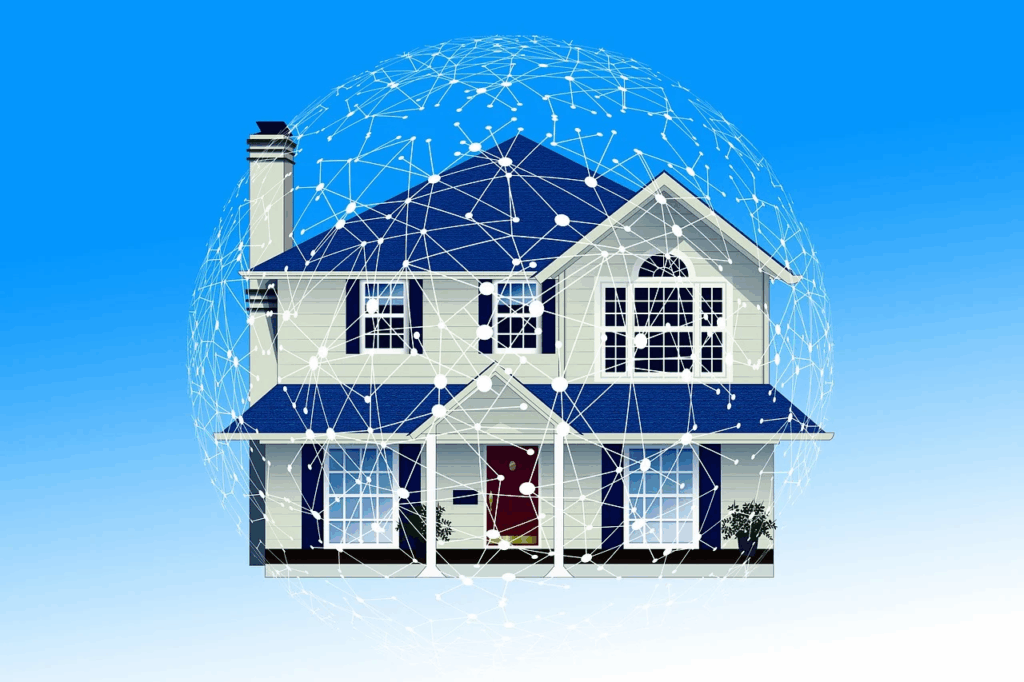
1. Prioritize Essential Security Devices
- Start with smart plugs, sensors, and a basic indoor camera—cost is low (PKR 2,000–5,000) and they cover key areas like entry points and motion detection. [source from local budget tips] {CITATION_START}cite{CITATION_DELIMITER}turn0search0{CITATION_END}
- Video doorbells like Wyze or TP-Link Tapo provide live alerts and footage without breaking the bank. [CITATION_START}cite{CITATION_DELIMITER}turn0search0{CITATION_DELIMITER}turn0search1{CITATION_END}
2. Invest in Local Storage & Avoid Per-Camera Fees
- Choose devices with microSD or NAS storage, dodging recurring cloud subscription fees (often $5/month per camera) {CITATION_START}cite{CITATION_DELIMITER}turn0search6{CITATION_DELIMITER}turn0reddit29{CITATION_END}
- Use a smart hub (local camera NVR) to support multiple cameras without cloud cost {CITATION_START}cite{CITATION_DELIMITER}turn0search4{CITATION_END}
3. Adopt DIY Installation & Upgradable Kits
- Kits like SimpliSafe, Ring, or Eufy cost ~$200–300 and can be expanded for no extra install fee {CITATION_START}cite{CITATION_DELIMITER}turn0search6{CITATION_DELIMITER}turn0news15{CITATION_END}
- Stick-on sensors and wireless cameras allow flexible layouts—no drilling needed {CITATION_START}cite{CITATION_DELIMITER}turn0search7{CITATION_DELIMITER}turn0search8{CITATION_END}
4. Automate & Bundle to Maximize Efficiency
- Create routines—like motion-triggered lights or camera recording only outside active hours—to optimize usage and power {CITATION_START}cite{CITATION_DELIMITER}turn0search9{CITATION_DELIMITER}turn0search2{CITATION_END}
- Bundle deals (hub + sensors + doorbell) often reduce per-device cost {CITATION_START}cite{CITATION_DELIMITER}turn0search3{CITATION_END}
5. Use Free Local Apps & Energy-Efficient Devices
- Manage devices through free platforms like Home Assistant or Google Home {CITATION_START}cite{CITATION_DELIMITER}turn0search2{CITATION_DELIMITER}turn0search3{CITATION_END}
- Choose LED or solar-powered options to cut energy usage, e.g., solar cameras or motion-activated lights {CITATION_START}cite{CITATION_DELIMITER}turn0search6{CITATION_DELIMITER}turn0search3{CITATION_END}
6. Avoid Proprietary Lock-In & Regularly Audit
- Skip subscription traps: choose brands allowing local storage or open standards {CITATION_START}cite{CITATION_DELIMITER}turn0search4{CITATION_DELIMITER}turn0reddit29{CITATION_END}
- Track subscriptions and cancel unused ones to avoid surprise fees {CITATION_START}cite{CITATION_DELIMITER}turn0search2{CITATION_END}
7. Leverage Community Wisdom (Reddit Tips)
“A local controller works without internet… You can survive if the manufacturer goes out of business.” {CITATION_START}cite{CITATION_DELIMITER}turn0reddit33{CITATION_END}
“Wyze cameras are cheap… you can use a sd card if you don’t want the subscription!” {CITATION_START}cite{CITATION_DELIMITER}turn0reddit27{CITATION_DELIMITER}turn0reddit35{CITATION_END}
💵 Cost-Saving Summary
| Strategy | Estimated Savings |
|---|---|
| Local vs Cloud Storage | $5–$30/mo per camera |
| DIY Kits vs Pro Install | $100–$500 upfront |
| Bundles & Multi-device Offers | 10–30% discount |
| Energy-efficient devices | 10–30% lower utility usage |
| No subscription | $0–$50 monthly |
✅ Final Thoughts
By focusing on essential gear, choosing local storage options, DIY installation, and leveraging automation and bundles, you can build a smart, effective, and affordable home security system—often under 10% of professional system costs.